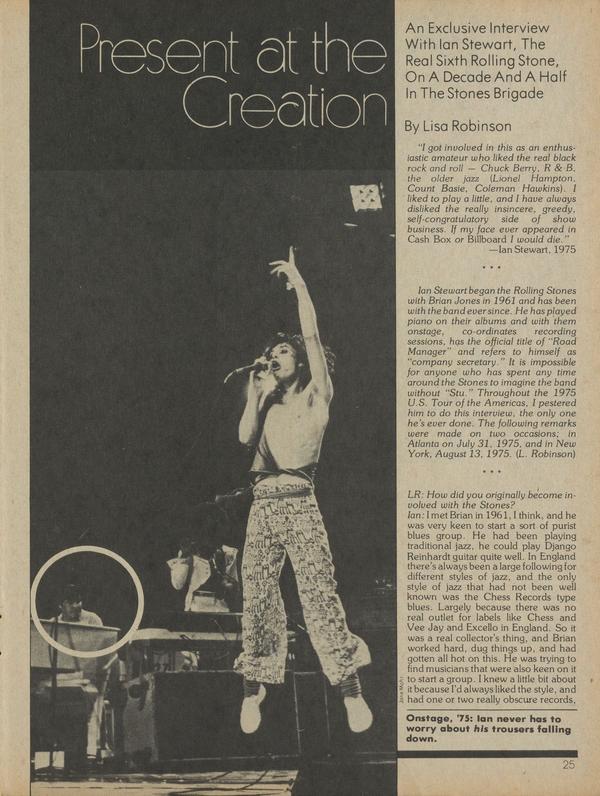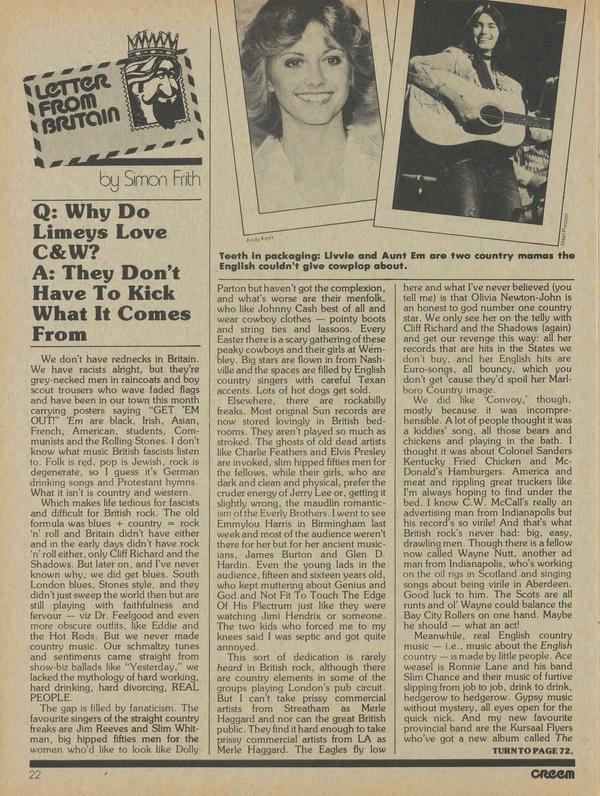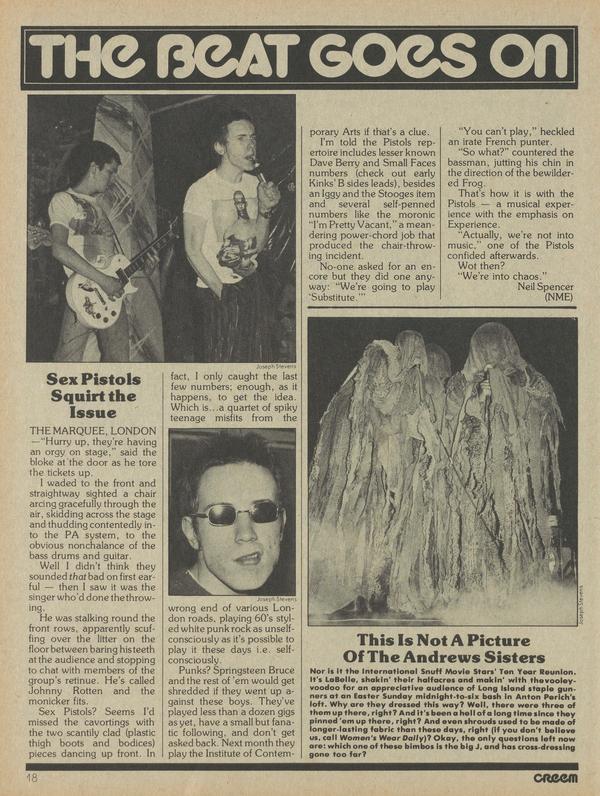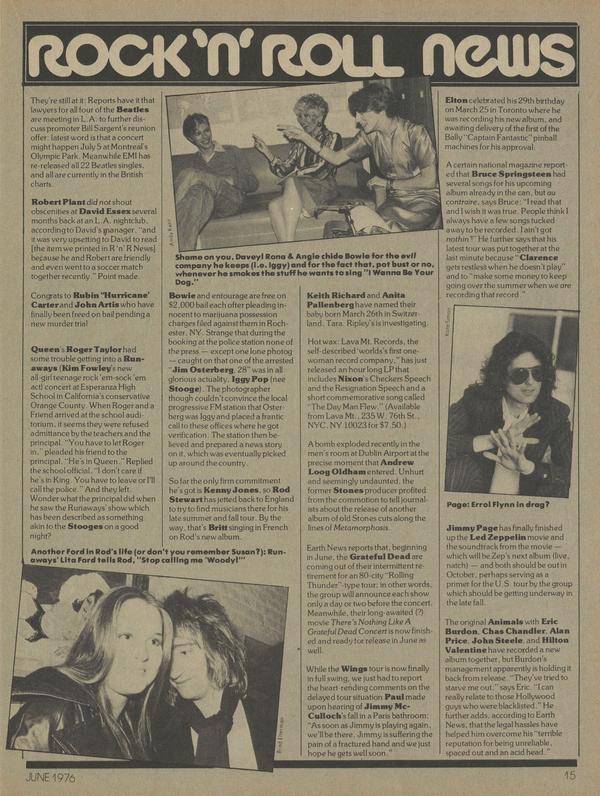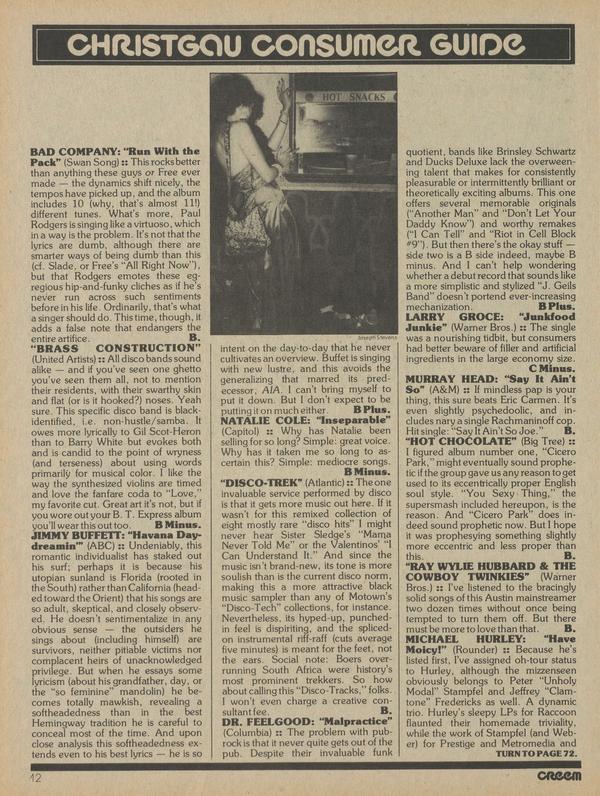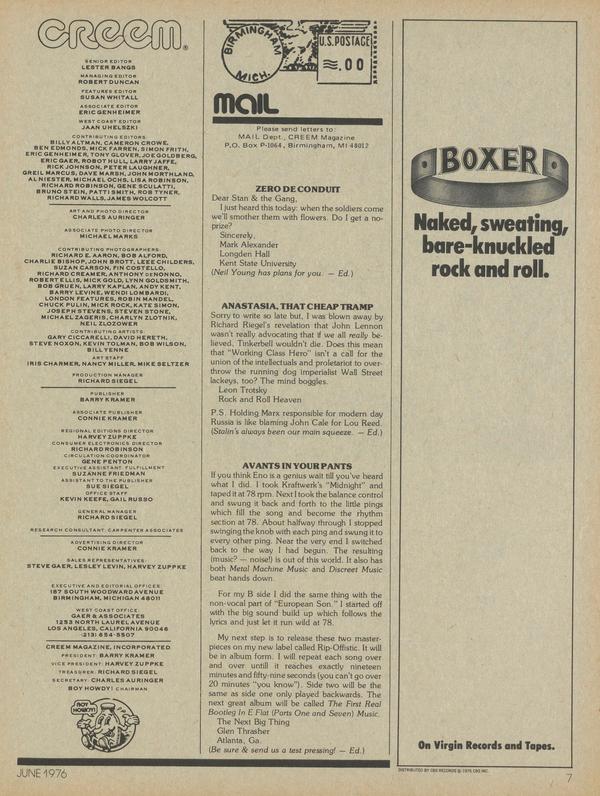Sonny Rollins’ Basement Tapes
The subject of the interaction between art and technology in music is a long and complicated one. Electricity has changed the properties of musical instruments, first with amplification, then with the invention of entirely new instruments — synthesizers.

SONNY ROLLINS More From the Vanguard (Blue Note)
The subject of the interaction between art and technology in music is a long and complicated one. Electricity has changed the properties of musical instruments, first with amplification, then with the invention of entirely new instruments — synthesizers. Musicians such as John Coltrane would most likely not have undertaken soloing at such extraordinary length were it not for the invention and successful marketing of the LP record. But what interests me most at the moment about art and technology is that jazz is supposed to be the most spontaneous, mood-of-the-moment of all musics, whose history is full of legendary tales of men who played miraculous solos, in that place, in that time, lost forever except in the memories of those who were there. But because of recording tape, music that Sonny Rollins made on November 3, 1957, more than eighteen years ago as I write, and that was presumed forgotten and lost, has emerged as what could very likely be the most exciting and satisfying jazz album of 1976. I'll be surprised if there's a better one. And it's a twofer.


